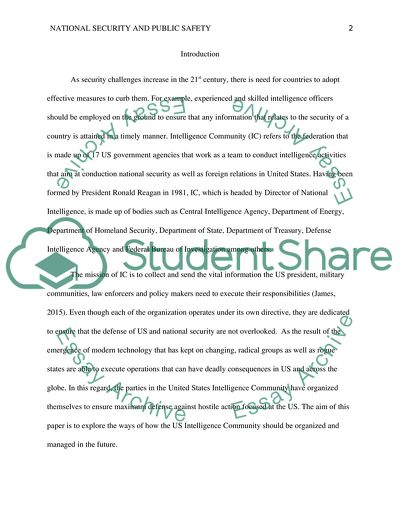Cite this document
(“National Security and Public Safety Research Paper”, n.d.)
National Security and Public Safety Research Paper. Retrieved from https://studentshare.org/military/1880318-national-security-and-public-safety-research-paper
National Security and Public Safety Research Paper. Retrieved from https://studentshare.org/military/1880318-national-security-and-public-safety-research-paper
(National Security and Public Safety Research Paper)
National Security and Public Safety Research Paper. https://studentshare.org/military/1880318-national-security-and-public-safety-research-paper.
National Security and Public Safety Research Paper. https://studentshare.org/military/1880318-national-security-and-public-safety-research-paper.
“National Security and Public Safety Research Paper”, n.d. https://studentshare.org/military/1880318-national-security-and-public-safety-research-paper.


